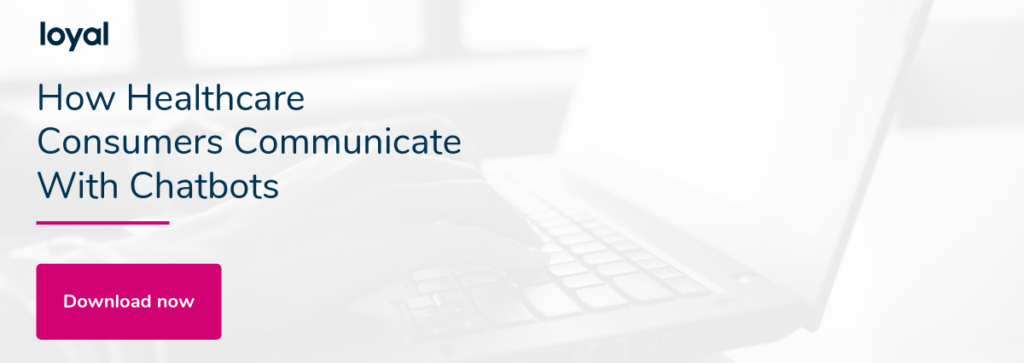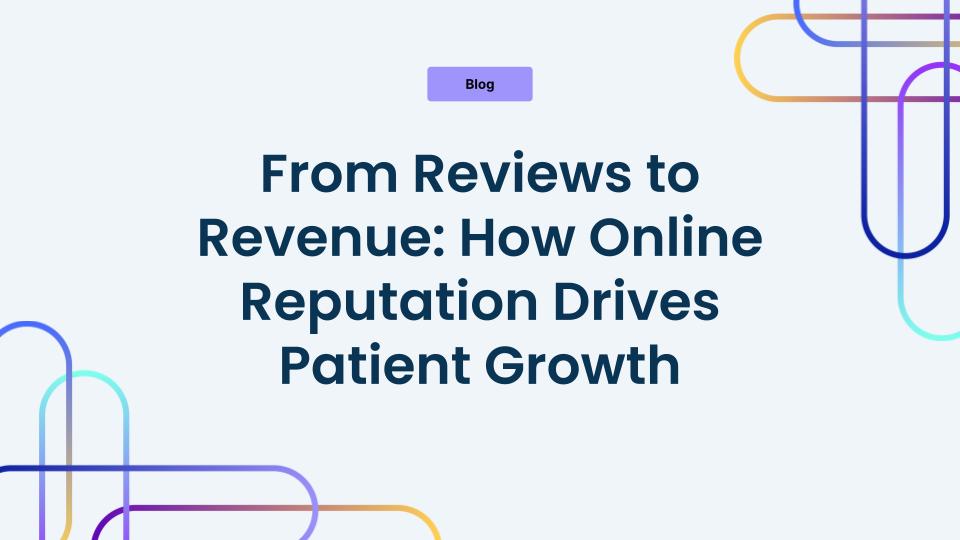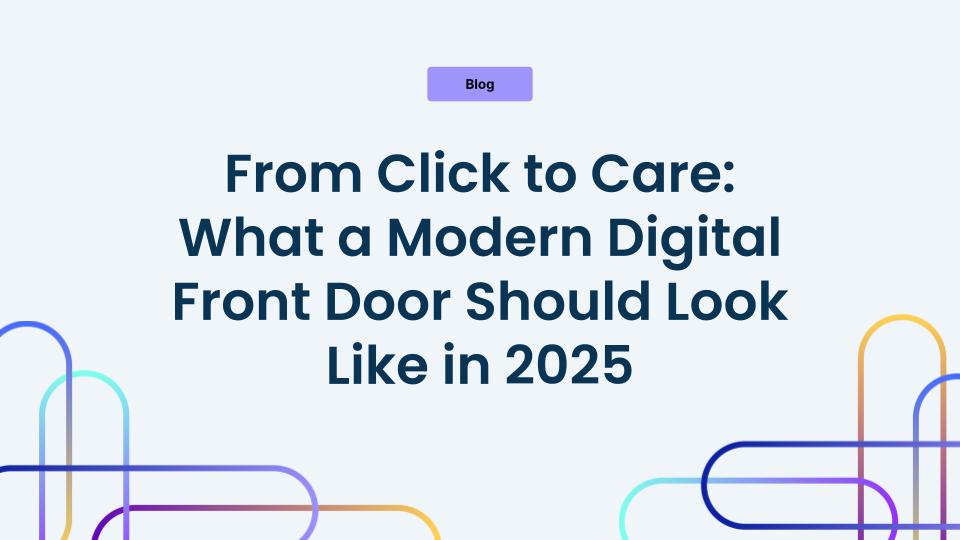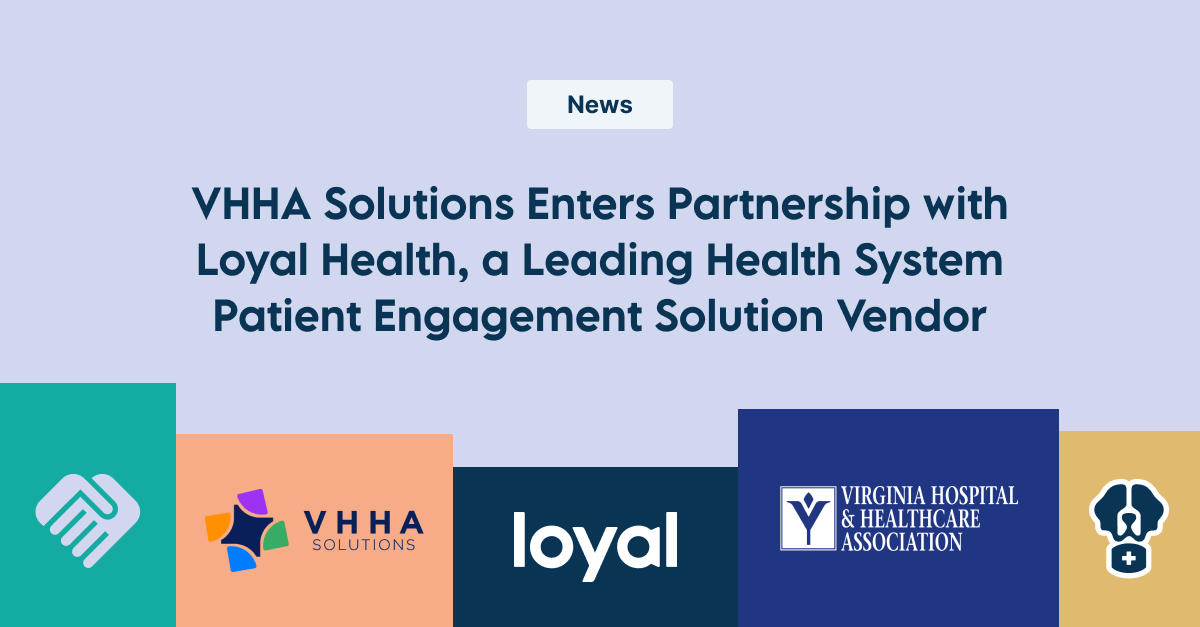Digital marketers spend a lot of time thinking about apps. For good reason: People spend a lot of time on smartphones and tablets, and apps are a key piece of the mobile experience.
The amount of time people spent in apps grew 50 percent from 2016 to 2018. Downloads of medical apps grew more than 35 percent in the United States during that same period.
With a space already so crowded with apps, is there any room left for chatbots? Absolutely. Apps and chats have different strengths and weaknesses. A good digital marketing strategy means paying close attention to both platforms — and understanding what each can do.
Understanding Apps
Apps are designed with mobile in mind. Since mobile devices are ubiquitous, apps have become essential.
Apps are often small programs with a narrow focus. Done well, they make our lives easier: Shopping for clothes or groceries, depositing checks in the bank, killing time with a crossword puzzle, tracking fitness goals — and much, much more.
Hospital and health system apps can help both patients and medical providers. These apps can help patients access health data from previous visits, connect them to test results and help them communicate with providers more easily.
The Reality of Mobile Apps
Yet while apps can be valuable, they aren’t foolproof. In some ways, their popularity is working against them.
The average U.S. consumer has more than 100 apps on their smartphone. Think that sounds overwhelming? Consider that both Android and Apple offer around 2 million apps in their app stores, according to Statista.
With so many apps to weed through, finding the right one becomes like looking for the proverbial needle in the haystack. And consumers are less likely to go to the trouble of downloading an app for a one-time use purpose, much less one that is from a health system. Apps need to encourage users to return and for health systems that can be a challenge, especially if an app only performs a limited number of functions.
When customers and patients do go to that trouble, they still need to download frequent updates to keep apps working smoothly. All of that adds up to frustration for users. That might explain why most people spend 80 percent of their time on their top 3 apps. Apps that don’t make the inner circle can get lost in the background, and making a health system app that lives in that circle is not likely
Chatbot Benefits
Unlike apps, chatbots can live on both your health system’s website and mobile app. That means they’re versatile and ready and waiting whenever users need them so customers can reap the benefits on both platforms.
What are those benefits?
- Customer service. With most apps, there is no easy way to contact customer service if you’re stuck. Chatbots are a kind of customer service. They’re great at getting users the information they need, as soon as they need it. That leads to a better overall user experience. Plus, the chatbot interactions free up contact center employees to tackle more complicated, revenue-generating tasks.
- Greater knowledge. A key feature of chatbots is that they use artificial intelligence to learn from every user interaction. While the answers you get from an app will stay the same, conversations with a chatbot will become more intelligent over time. And in the process of learning, chatbots collect a lot of feedback from users. Through that process, you’ll gather data that helps you better understand your customers’ needs and consumer behavior.
- Conversations. Healthcare consumers don’t just want information. They expect to get it through conversations like in other aspects in their life – whether via texts, voice, or chat. In fact, messaging apps now boast more active users than social media apps. Chatbots are designed to mimic natural human conversation, so they fit perfectly into that conversational space.
- Branding. What’s the voice of your health system? Friendly and empathetic? Smart and authoritative? Chat platforms can be personalized to match your brand’s image or a specific marketing campaign.
- No downloading – Unlike apps, chatbots don’t require consumers to download anything. That means the bot will be conveniently available to anyone who visits your health system website or uses your mobile app.
Apps, Chatbots & the Future
Apps still have their place in a digital marketing strategy. But chatbots have strengths that go beyond what apps can offer.
Chatbots are a natural extension of your health system’s communications strategy. They can connect with your patient’s learn and adapt to meet their unique needs, anytime, anywhere.
Chatbot platforms are coming into their own — and they’re only getting bigger. Worldwide, the chatbot market is predicted to grow to $1.25 billion by 2025..
That’s a good thing for health systems. Including a chatbot platform in your digital marketing strategy can pay off now in terms of consumer engagement, standing out from the competition, and providing value to customers and patients. Even better, it will position you to take full advantage of the benefits of the next-generation chatbots. After all, the future will be here before you know it.
Want to learn more? Download Loyal’s latest white paper.





